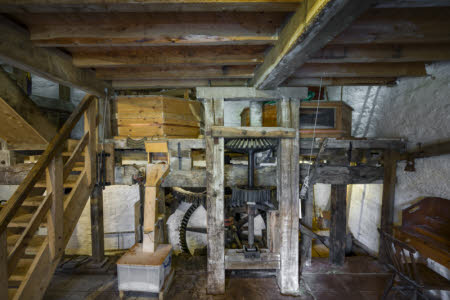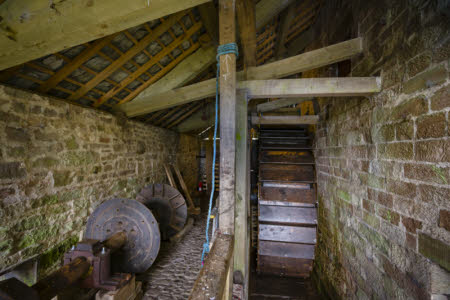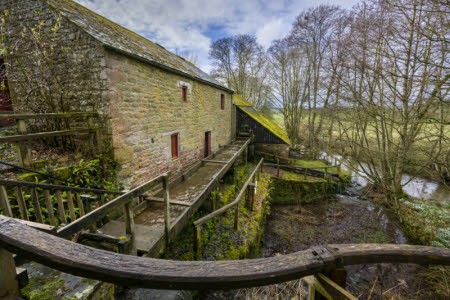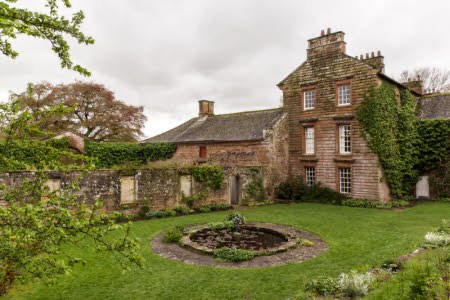Step Back in Time at Acorn Bank Watermill: A Tale of History and Restoration
Tucked away in the serene surroundings of the Acorn Bank estate, the Acorn Bank Watermill stands as a testament to the ingenuity and resilience of past centuries. This historic mill takes you on a journey through time, where each stone and beam whispers tales of yesteryears. This historical marvel is a must-visit for those intrigued by the past and charmed by the rustic beauty of traditional milling.
A Mill Through the Ages
The enigmatic origins of the Acorn Bank Watermill on the banks of Crowdundle Beck are shrouded in centuries of history, dating back to a time before the Doomsday Book of 1086, which catalogued over 6,000 mills but omitted mention of Sourebi (the early name for Temple Sowerby). Despite this absence, the strategic location and subsequent acquisition of the area by Henry II in 1157, followed by its gifting to the Knights Templars by 1185, suggest that a corn mill, fitting the Templars’ standard estate blueprint, likely existed here by the late 12th Century. The first concrete documentation of a mill at Acorn Bank surfaces in 1313, shortly after the dissolution of the Templars and the transfer of their lands to the Crown, pinpointing the mill’s value and its integral role in the estate.
As the sands of time-shifted, the estate, including the mill, saw a change of hands from the Knights Hospitallers to the Dalston family following the dissolution of the monasteries by Henry VIII in 1540. The mill’s narrative weaves through the fabric of English history, with Thomas Bell emerging as a notable miller in records by 1678. The moniker ‘Acornbank’ itself first appeared in the annals of history in 1605, marking the beginning of a new chapter for the mill that would see it flourish, decline, and eventually rise again, encapsulating the enduring spirit and historical tapestry of this remarkable site.

The Mechanical Marvel
At the heart of this piece of history are the mill’s engineering feats, currently showcasing a working waterwheel and millstones that once again grind flour, echoing the productivity of bygone eras. The waterwheel, a remnant of a trio, dances to the tune of Crowdundle Beck’s waters, channelled through a millrace with a history as deep as the mill itself. The kiln awaits its turn for revival, promising more stories to unfold.
A Floury Future
Under the Mills volunteer team’s tender care ,a new era of flour production has begun. The flour, a tangible piece of history, finds its way to the National Trust shop and the tearoom’s delicacies, offering a taste of tradition to every visitor.
Restoration and Reverence
The mill’s restoration is a tale of two phases: one that rebuilt its structure and another that set its heart beating again. The latter, a testament to the volunteers’ dedication, saw the mill turning anew, with ambitions to revive more of its original features.

Visit Acorn Bank Mill
As you wander through the Acorn Bank estate, with its culinary and medicinal plant collections, make sure to step into the world of the Acorn Bank Mill.
Address:
Acorn Bank Watermill
Acorn Bank Estate, Temple Sowerby
Cumbria, United Kingdom
Discover the rhythm of the past, the harmony of nature, and the grind of tradition at Acorn Bank Watermill. It’s more than a visit; it’s an experience that flourishes with each wheel turn.
https://www.acornbankwatermill.org.uk/index.html
To explore more National Trust Properties and landscapes, head to our guide – Journey through National Trust Properties Cumbria.





